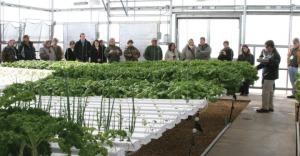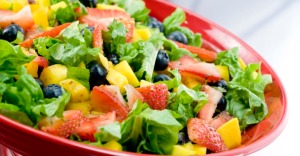Plant lovers have grown sweet potatoes, hyacinth bulbs and various other plants in water for from a very long time. In fact, the Aztecs grew food plants in floating gardens, and the ancient Babylonians employed hydroponic methods for the legendary Hanging Gardens. When plants grown first in water, it was popularly called as hydroponics, borrowing from 2 Greek words meaning water & labor. However, in recent years hydroponic has come to include growing plants in any medium other than soil. Though plants grown hydroponically have fewer pests & diseases compared to plants grown in soil, the application of pesticides is necessary sometimes.
Whiteflies injure plants by sucking their juices, which might guide to leaf drops, yellowing of leaves or stunting of the plant. Also viruses are spread through whitefly activities. More than twelve-hundred species of whiteflies subsist, but biological controls are very precise to the species of whitefly swarm, making detection of the whitefly pest is extremely crucial.
Use of pesticide isn’t suggested when whiteflies are an issue. Apply of insect repellents can kill organic predators of the whitefly, resulting in whitefly outbursts. Furthermore, whiteflies speedily build up resistance to insect killers. Biological control is the most recommended answer to whitefly infection on plants grown hydroponically. Big-eyed bugs, tiny pirate bugs, Lacewings and certain lady beetle species are natural opponents of whiteflies. In a conservatory setting, discharge of a small parasitic wasp can be productive. The life cycle of wasp is shorter compared to the life-cycle of whiteflies, allowing the wasp populace to grow quickly and obliterate the eggs of whiteflies through parasitism.
Make use of a hand-lens to observe hydroponically grown plants for thrips, aphids and spider mites. Indication of existence of these insect pests comprises cast skins, insect droppings, webs, discoloration or hole in leaves. Employ sanitation measures for exclusion of infected leaves when infection is negligible.
Verticillium lecanii, a fungus, is a natural opponent of thrips and aphids, and also whiteflies. The yeast attacks parasitize & destroy its hosts. Since it doesn’t damage organic enemies of thrips, it can be employed in mixture with other biological control methods. The utilization of insecticidal soap can also be employed on plants grown hydroponically to control thrips, whiteflies and aphids.



